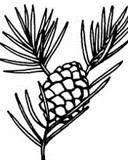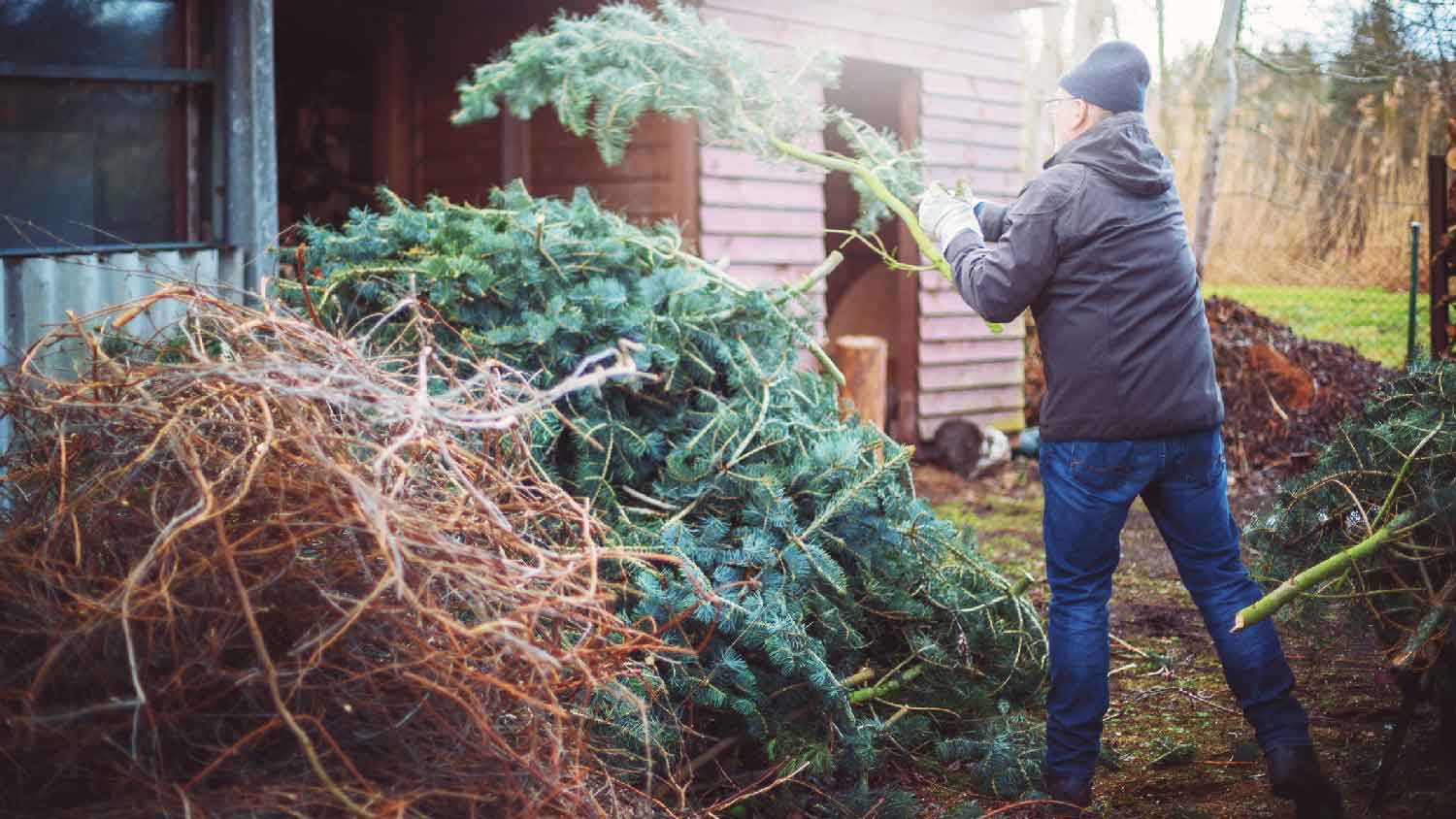
Get matched with top leaf removal pros in Fort Washakie, WY
Enter your zip and get matched with up to 5 pros
Need a pro for your leaf removal project in Fort Washakie, WY?
Verified Reviews for Leaf Removal pros in Fort Washakie, WY
*The Angi rating for Leaf Removal companies in Fort Washakie, WY is a rating based on verified reviews from our community of homeowners who have used these pros to meet their Leaf Removal needs.
*The HomeAdvisor rating for Leaf Removal companies in Fort Washakie, WY is a rating based on verified reviews from our community of homeowners who have used these pros to meet their Leaf Removal needs.
Last update on December 02, 2025
Find Leaf removal pros in Fort Washakie
Bull Moose Land Services
Bull Moose Land Services
At Bull Moose Land Services we have a relatively small crew - 3 to 8, depending on the job - but we still have a diverse array of specialties, from tree services to irrigation. In fact, our specialty is fire mitigation, especially in places like cabin homes that reside in heavily forested areas. A fire-mitigation job can range from simple to complex: we might just collect debris (i.e., fuels) from the ground and haul them off or stack to burn in the winter or we may have large numbers of trees to cut and remove in addition to installation of fire-mitigation irrigation systems. We have experience working in many cities in Wyoming, including Jackson, Laramie, Casper, and Cheyenne, but we will also work in neighboring states.
At Bull Moose Land Services we have a relatively small crew - 3 to 8, depending on the job - but we still have a diverse array of specialties, from tree services to irrigation. In fact, our specialty is fire mitigation, especially in places like cabin homes that reside in heavily forested areas. A fire-mitigation job can range from simple to complex: we might just collect debris (i.e., fuels) from the ground and haul them off or stack to burn in the winter or we may have large numbers of trees to cut and remove in addition to installation of fire-mitigation irrigation systems. We have experience working in many cities in Wyoming, including Jackson, Laramie, Casper, and Cheyenne, but we will also work in neighboring states.

Green Tree Arboriculture LLC
Green Tree Arboriculture LLC
Green Tree offers complete tree care landscape and property management services.
Green Tree offers complete tree care landscape and property management services.
The Fort Washakie, WY homeowners’ guide to leaf removal services
From average costs to expert advice, get all the answers you need to get your job done.

A yard cleanup can keep your lawn clean and prepare it for the next season. Find out the average yard cleanup cost and what can affect it.

Autumn leaves are beautiful but also leave quite a mess to clean up. This guide will help you budget for your leaf removal cost this fall.

Allowing leaves to decompose naturally can add vital nutrients back into your soil. Learn whether you should rake leaves and why.

If autumn brings a blanket of leaves to your yard, you’ve got options. From mulching to free leaf removal days, here’s what to do with leaves in your yard.

Hiring a leaf removal service can save you hours of raking and bagging. Learn what to look for when you hire a leaf removal service.

If your yard has seen better days, a professional clean-up may be in order. Use these lawn care questions to prep yourself for a conversation with a pro.
